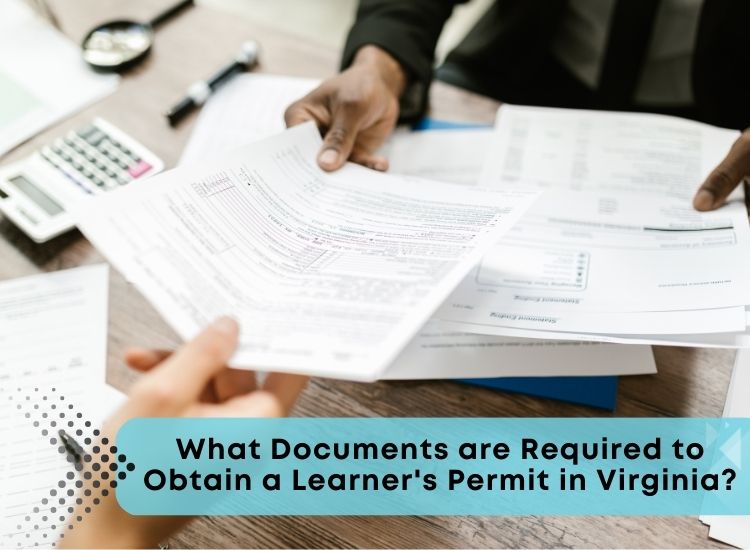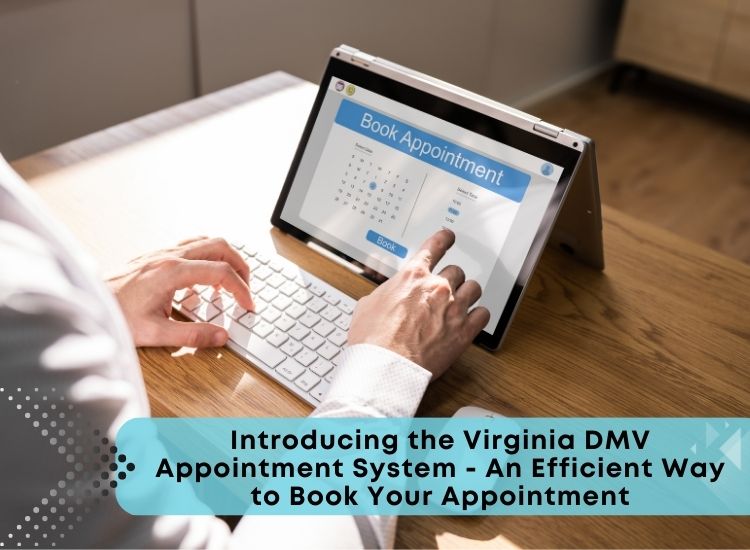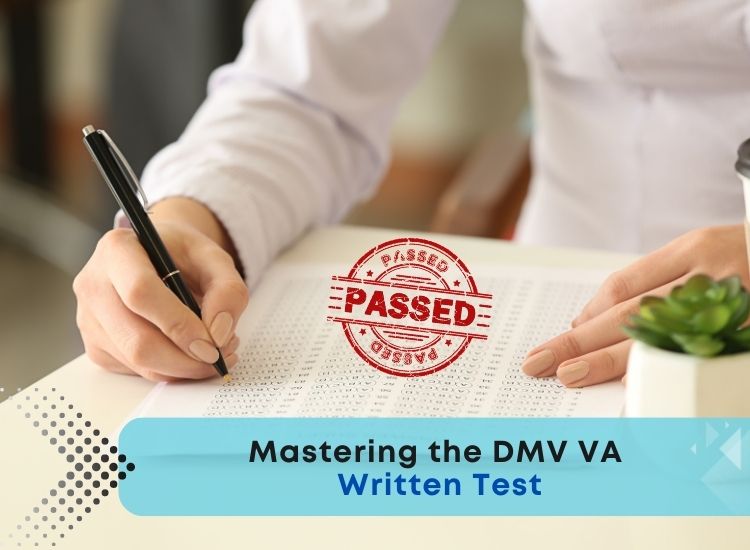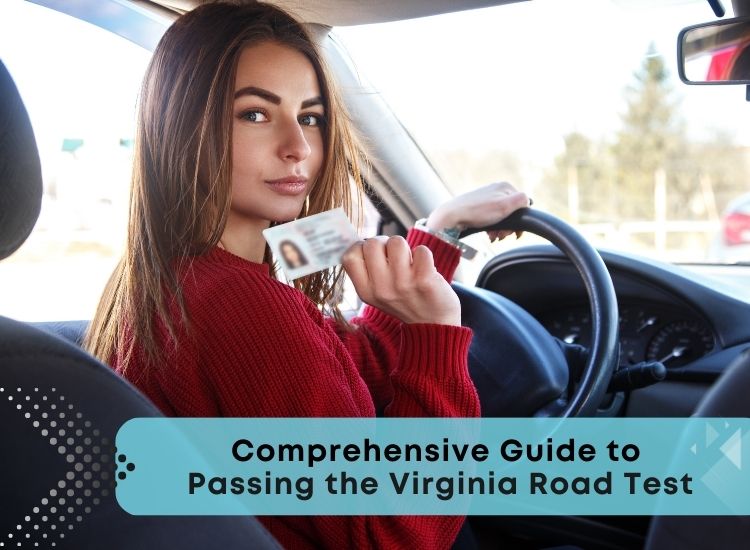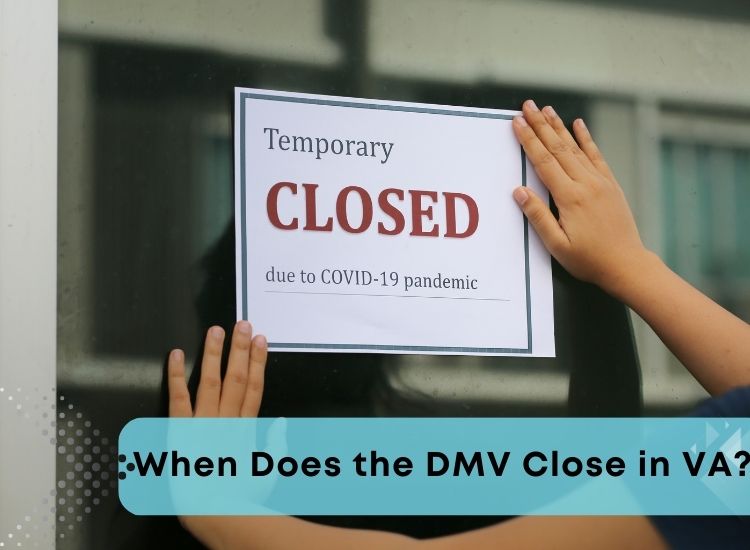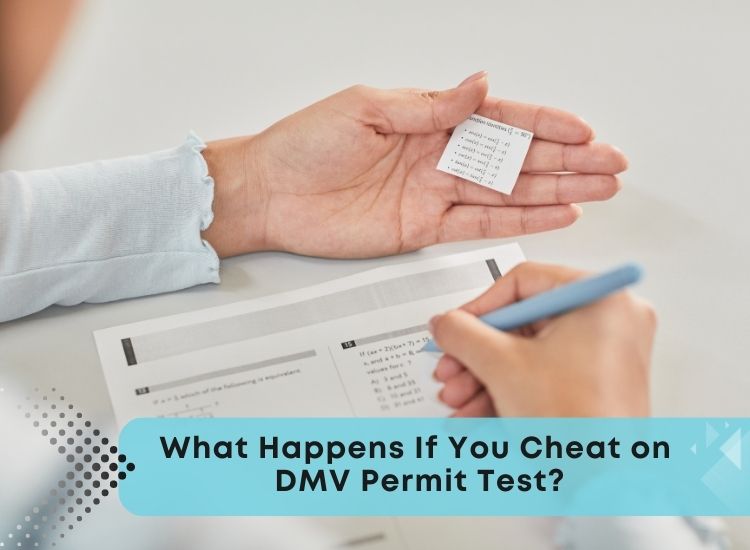What Documents are Required to Obtain a Learner’s Permit in Virginia?
Obtaining a learner’s permit in Virginia is an important milestone for individuals looking to start their journey towards getting a driver’s license. If you reside in Virginia and are wondering what documents and requirements are necessary to acquire your learner’s permit, this article will guide you through the process. From age and residency requirements to the necessary paperwork and application procedures, we will cover everything you need to know to ensure a smooth experience at the DMV.
Age and Residency Requirements
To apply for a learner’s permit in Virginia, you must meet certain age and residency criteria. Generally, you must be at least 15 years and 6 months old to be eligible. Additionally, you need to provide proof of your Virginia residency, as learner’s permits are typically issued to residents of the state.
Required Documents
When visiting the DMV to obtain your learner’s permit,make sure to bring the following essential documents:
Proof of Identity
To establish your identity,you will need to provide primary identification documents. Acceptable forms of primary identification include:
- Certified U.S. birth certificate
- U.S. passport or passport card
- Certificate of Naturalization or Citizenship
- Permanent Resident Card (Green Card)
- Consular Report of Birth Abroad
Proof of Residency
To prove your Virginia residency, you must present documents such as:
- Utility bills (electricity, water, gas)
- Bank statements
- Lease or rental agreement
- Voter registration card
- School enrollment documentation
Social Security Number
The DMV requires your Social Security number for identification and record-keeping purposes. Make sure to bring your Social Security card or any official document that displays your full SSN.
Parental Consent
If you are under the age of 18, parental consent is necessary. A parent or legal guardian must accompany you to the DMV to sign the consent form, affirming their permission for you to obtain a learner’s permit.
Application Process
The application process for a learner’s permit involves several steps. Here’s what you need to do:
1. Obtaining the Application Form
Visit your local DMV office or their official website to obtain the learner’s permit application form. You can often download the form online and fill it out in advance to save time during your visit.
2. Completing the Application Form
Fill out the application form carefully, providing accurate information about your personal details, residency, and any relevant medical conditions or disabilities.
3. Scheduling an Appointment
Once you have completed the application form, schedule an appointment with the DMV. This step ensures that you have a designated time slot to complete your application and take the necessary tests.
4. Fees and Payment
There are fees associated with obtaining a learner’s permit in Virginia. Check the DMV’s official website for the current fee structure and acceptable payment methods. Be prepared to pay the required fee when you visit the DMV. Accepted payment methods usually include cash, credit/debit cards, or checks.
5. Knowledge and Vision Tests
Before receiving your learner’s permit in Virginia, you will need to pass both a knowledge test and a vision test. The knowledge test evaluates your understanding of traffic laws, signs, and safe driving practices. It is important to study the Virginia Driver’s Manual and take practice tests to prepare adequately.
Example: DMV Virginia Traffic Sign Test
Example: DMV Virginia Practice Test: General Knowledge
During the vision test, your visual acuity and peripheral vision will be assessed to ensure you meet the minimum requirements for safe driving. Remember to bring any necessary eyewear, such as glasses or contact lenses, if you require them for clear vision.
Once you have successfully passed these tests, you will be issued your learner’s permit, allowing you to begin practicing driving under certain restrictions.
Conclusion
Acquiring your learner’s permit is an important step towards becoming a licensed driver in Virginia. By understanding the age and residency requirements, gathering the necessary documents, completing the application process, paying the fees, and passing the knowledge and vision tests, you can obtain your learner’s permit with confidence.
Remember to review the Virginia Driver’s Manual thoroughly, practice safe driving habits, and adhere to the restrictions and guidelines associated with your learner’s permit. This will help you gain the knowledge and experience necessary to become a responsible and skilled driver.
Frequently Asked Questions
1. Can I apply for a learner’s permit if I am not a resident of Virginia?
No, you must be a resident of Virginia to apply for a learner’s permit. Residency is a requirement for obtaining a learner’s permit in the state. You need to provide proof of Virginia residency when submitting your application.
2. Is parental consent required for obtaining a learner’s permit?
If you are under 18 years old, parental consent is necessary. A parent or legal guardian must accompany you to the DMV and sign the consent form.
3. What should I do if I fail the knowledge test?
If you do not pass the knowledge test, you can retake it after a waiting period. It is recommended to study the Virginia Driver’s Manual and take practice tests before attempting the test again.
4. Are there any restrictions with a learner’s permit in Virginia?
Yes, there are certain restrictions with a learner’s permit, such as the need to be accompanied by a licensed adult while driving and limitations on driving during nighttime hours.
5. How long is a learner’s permit valid in Virginia?
A learner’s permit in Virginia is valid for two years. Make sure to complete the necessary requirements and progress towards obtaining your driver’s license within this timeframe.
Resources I Use
Resource 1: DMV Virginia – http://www.dmvNOW.com
Resource 2: DMV Virginia Locator : https://www.dmv.virginia.gov/DMVLocator/
Resource 3: Virginia Driver’s Manual : https://www.dmv.virginia.gov/webdoc/pdf/dmv39.pdf

